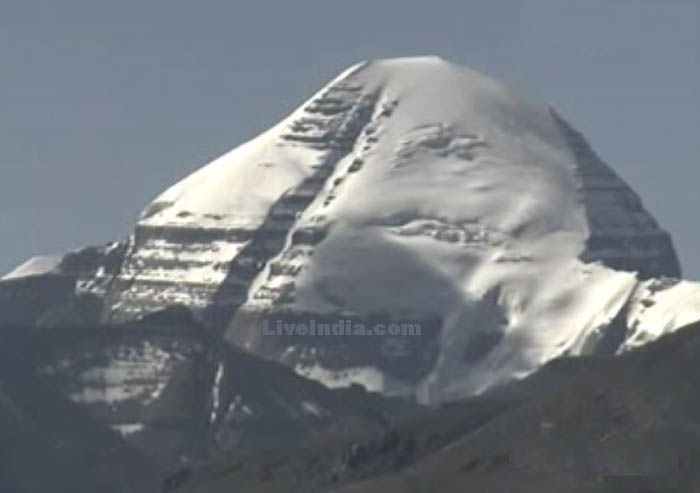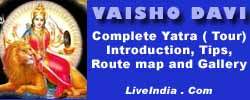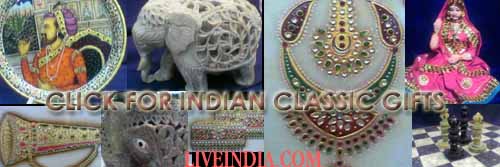What does Shivlinga means?
The word Ling in shiv
ling has come from two words that is Leen and Gati.
Leen means dissolve and
Gati means grow. It means man should dissolve(Leen)
in shiva then he
should grow(Gati). (leen+ga)= ling.
Most people around the
globe think that meaning
of ling in concerned
with gent's sex point but this is
totally wrong theory.
These are my views. Rajesh Chopra
Who is Shiva?
Understanding God As He is worshiped at
Kauai's Hindu Temple
God Shiva is among the most mysterious,
complex, compassionate and profound conceptions of the one
Supreme Being to be found in the religions
of mankind. He is looked upon as the Creator, Preserver and
Destroyer of all existence, the Cosmic
Dancer who animates the universe from within. He is honored as
Pure Love, Light, Energy and Consciousness.
He is contemplated as the timeless, formless and spaceless
Absolute Reality. In all three of these
perfection's is Shiva revered in Kauai's Hindu temple.
In Ways to Shiva, curator Joseph Dye Lahendro
wrote: "Who is Shiva? What is Shiva? To His devotees, Shiva
is everything: He is the root and support
of the universe; He is the creative destructive flow of life that
rushes through it. He is motion and calm,
male and female, light and dark, ascetic and lover, everything
and its opposite. Shiva is an ambiguous
God who embodies, defines and reconciles within Himself all of
life's processes and paradoxes. Shiva
is existence. He embodies the structure of the universe."
Living with Shiva, by Sivaya Subramuniyaswami,
explains, "Shiva dances in the atoms throughout this
universe. Shiva dances energetically,
eternally. Shiva is eternal movement. His mind is all pervasive, and
thus He sees and knows everything in all
spheres simultaneously and without effort. Shiva is the Self, and
He is the energy we put forth to know
the Self. He is the mystery which makes us see Him as separate
from us. He is the energy of life, the
power in the wind. He is the dissolution called death, the peace of
motionless air. He is the great force
of the ocean and the stillness on a calm lake. Shiva is All and in all.
Our great God Shiva is beyond time, beyond
space, beyond form and form's creation, and yet He uses
time and causes form. He is in the sky,
in the clouds, in the swirling galaxies. Shiva's cosmic dance of
creation, preservation and dissolution
is happening this very moment in every atom of the cosmos. God
Shiva is immanent, with a beautiful human
like form which can actually be seen and has been seen by
many mystics in visions." Twenty centuries
ago Rishi Tirumular, a South Indian saint, praised Shiva's
dance: "In all worlds He is, the Holy
Lord. In darkness He is, light He is. In sun He is, in moon He is.
Everywhere He is. The Lord is in all creation.
None knows His coming and going. He is distant. He is
near. Multiple He is. One He is. Water,
earth, sky, fire and wind, the spark within the body all these He
is. He is the walking soul here below.
Deathless He is."
The religion of Shiva: Those who worship
Lord Shiva are Saivites, and their religion is called Saivite
Hinduism. Saivism represents roughly half,
perhaps somewhat more, of Hinduism's one billion members.
It shares more common ground than differences
with other denominations. Scholars tell us Saivite
Hinduism is mankind's oldest religion,
the venerable Sanatana Dharma. They trace its roots back 6,000
years and more to the Indus Valley civilization.
But sacred writings and legend tell us that there never was
a time when Saivism did not exist. Its
grandeur derives from a sweet tolerance for the views of others,
coupled with a practical culture, an emphasis
on personal spiritual effort and experience, the perception
that God is everywhere present, and therefore
no aspect of life may be divided from religion, and a
joyous devotion to the one God which all
men worship and which it knows as Shiva, "the Auspicious
One," and the knowledge that Truth lies
within man himself.
The four sacred Vedas, mankind's oldest
scriptures, intone, "To Rudra [Shiva], Lord of sacrifice, of hymns
and balmy medicines, we pray for joy and
health and strength. He shines in splendor like the sun,
refulgent as bright gold is He, the good,
the best among the Gods (Rig Veda 43.45)." "He is God, hidden
in all beings, their inmost soul who is
in all. He watches the works of creation, lives in all things, watches
all things. He is pure consciousness,
beyond the three conditions of nature (Yajur Veda, Svet.U.6.11)."
"There the eye goes not, nor words, nor
mind. We know not. We cannot understand how He can be
explained. He is above the known, and
He is above the unknown (Sama Veda, Kena U. 1.3)." "Fire is His
head, the sun and moon His eyes, space
His ears, the Vedas His speech, the wind His breath, the universe
His heart. From His feet the Earth has
originated. Verily, He is the inner Self of all beings. (Atharva Veda,
Mund.U. 2.1.4)." |
|












